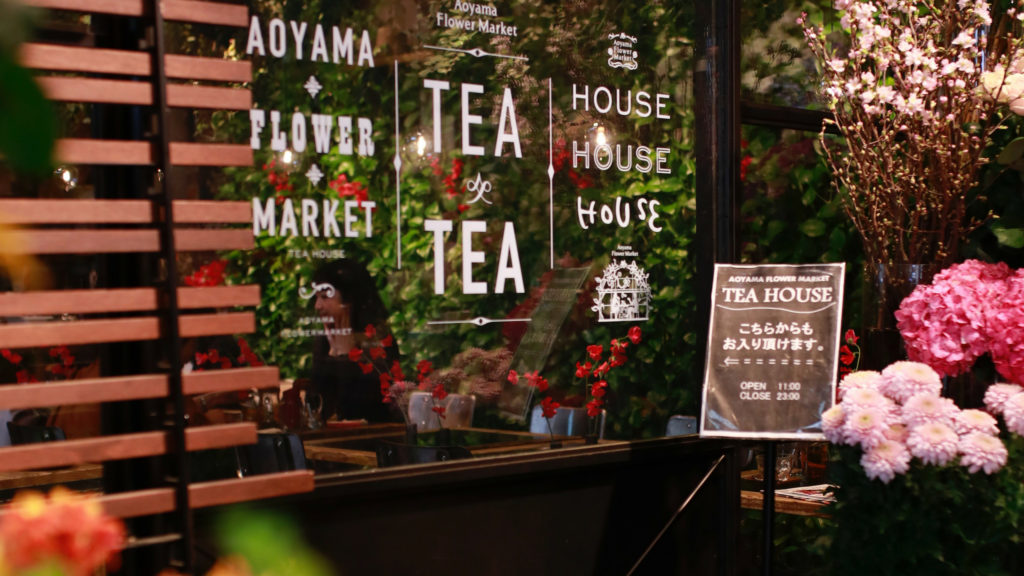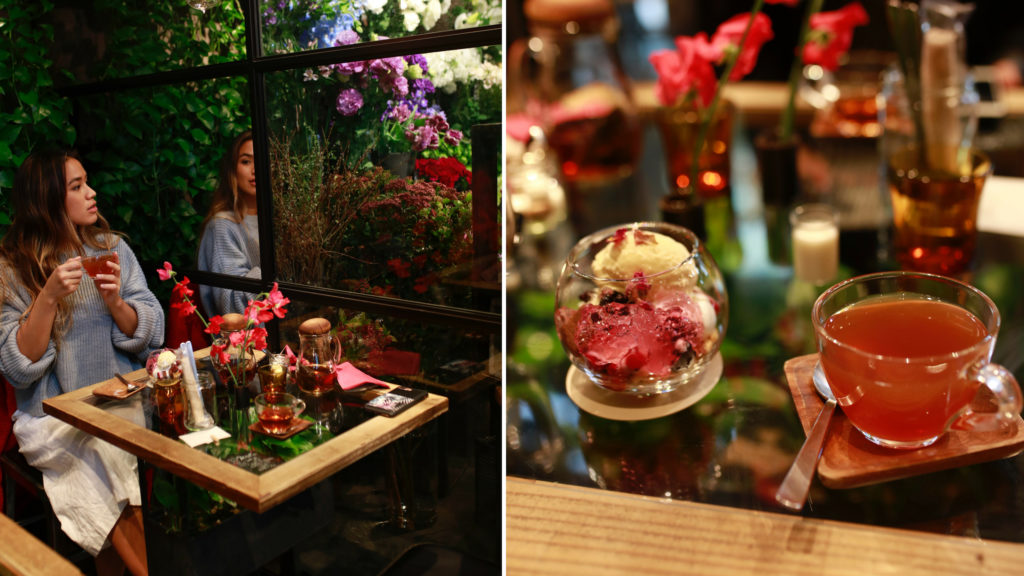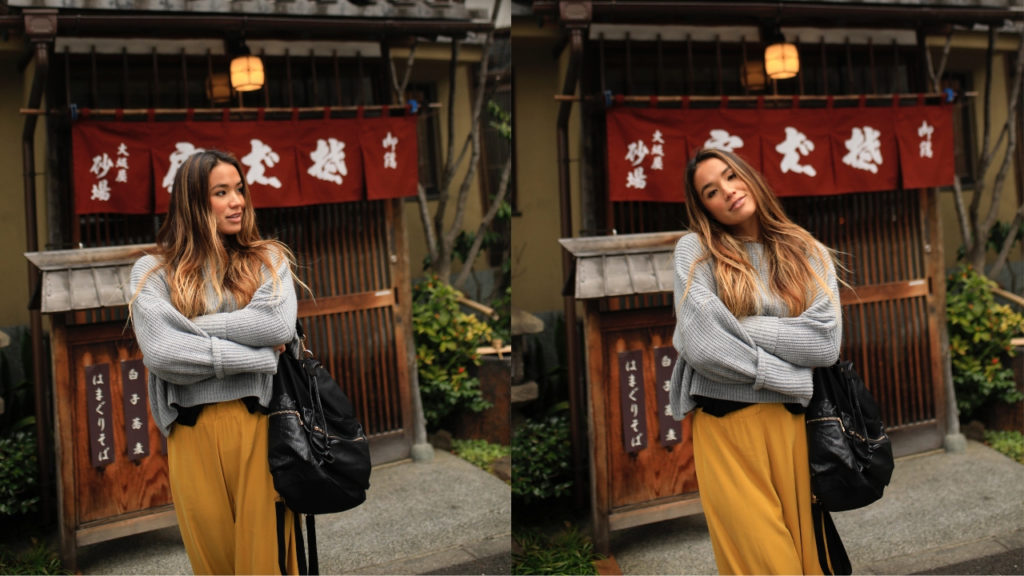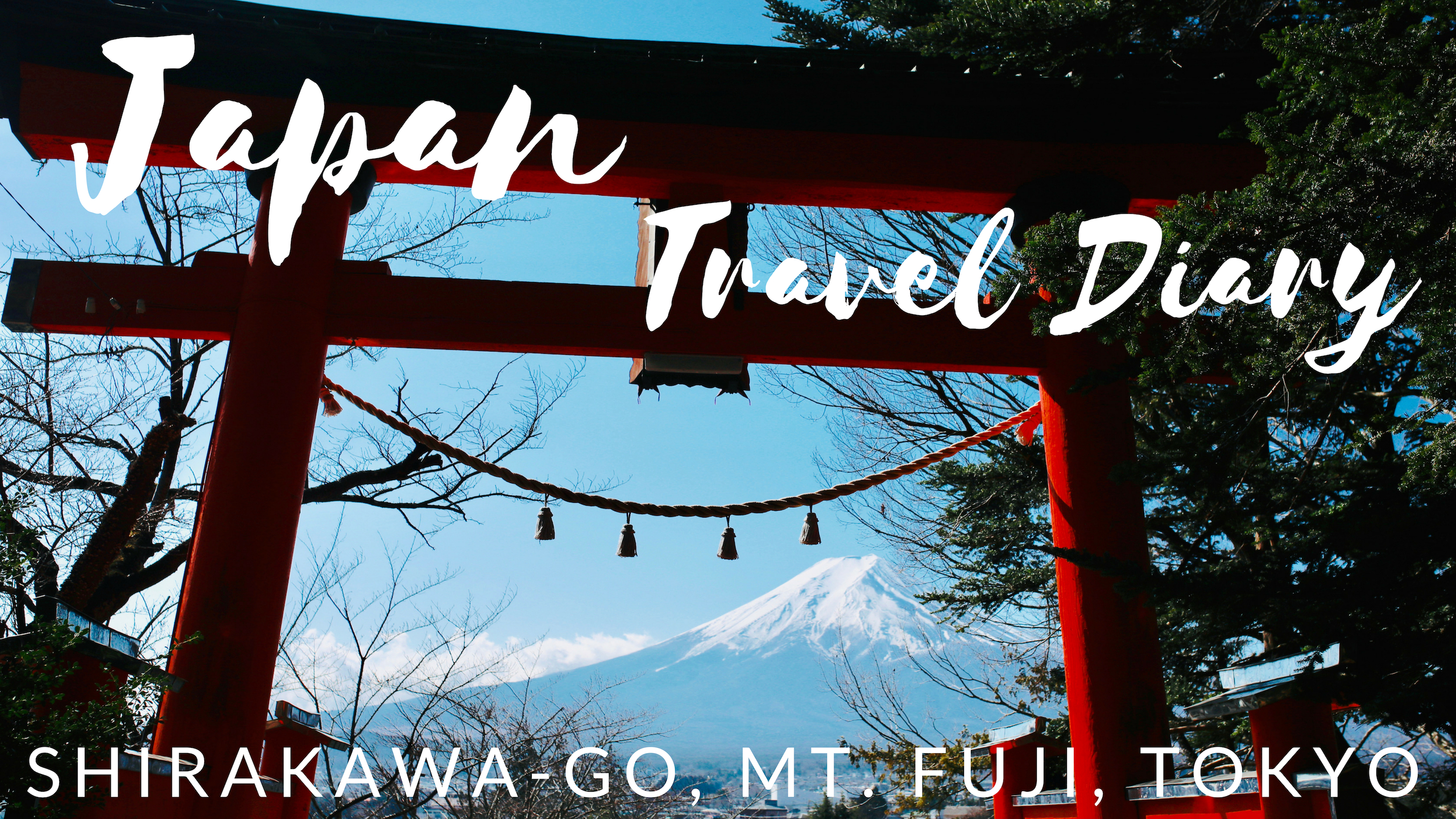
Japan Travel Diary: Shirakawago, Mt. Fuji, Tokyo
I have visited my mom’s side of the family in Japan almost every summer for most of my life. However, this was the first time visiting in the winter season, so I was able to see it in a whole new light. I flew from Los Angeles to Tokyo Haneda airport, and began my journey in Shinjuku. Staying near Shinjuku station at the Sunroute Plaza Hotel was a great home base because of its convenience.
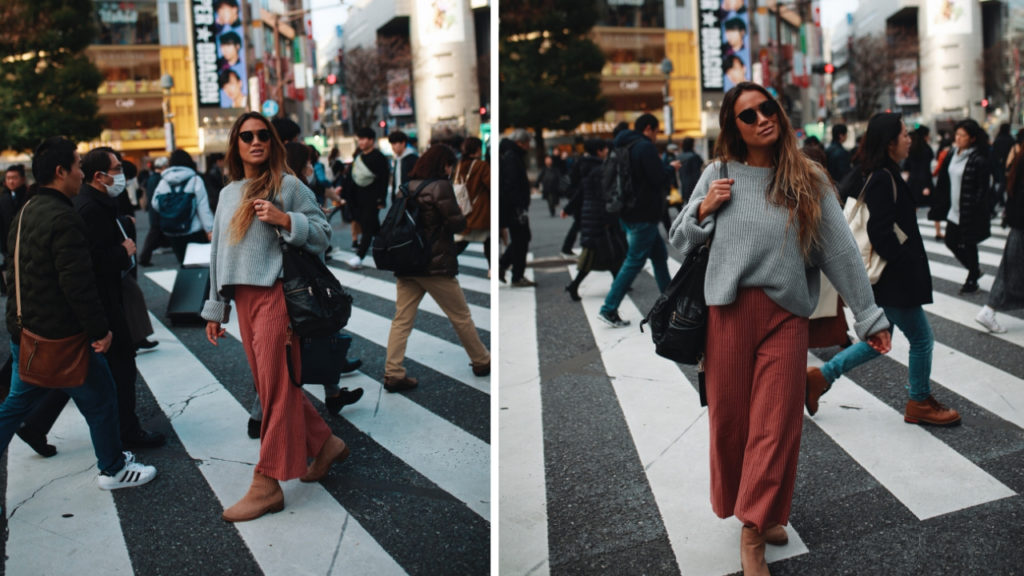
From there, fun places like Harajuku, Shinjuku, and Gion are just a short train ride away. In Harajuku, I checked out a small tucked away cafe called Reissue, which does customizable 3D foam latte art. My mom ordered a portrait of our Siberian husky and I got Totoro characters.

We hopped on a tour bus for a two day adventure to see the UNESCO world heritage site of Shirakawa-go. Along the way, we stopped by Hida Takayama Miyagawa. The Sanmachi Suji historic district looks a lot like Gion in Kyoto with its narrow streets lined with wooden merchants’ houses dating to the Edo Period. Luckily the morning market was happening that day, and I went from booth to booth, buying and sampling all sorts of goodies, from fresh strawberries to little hiyoko (baby chick) looking- omanju.
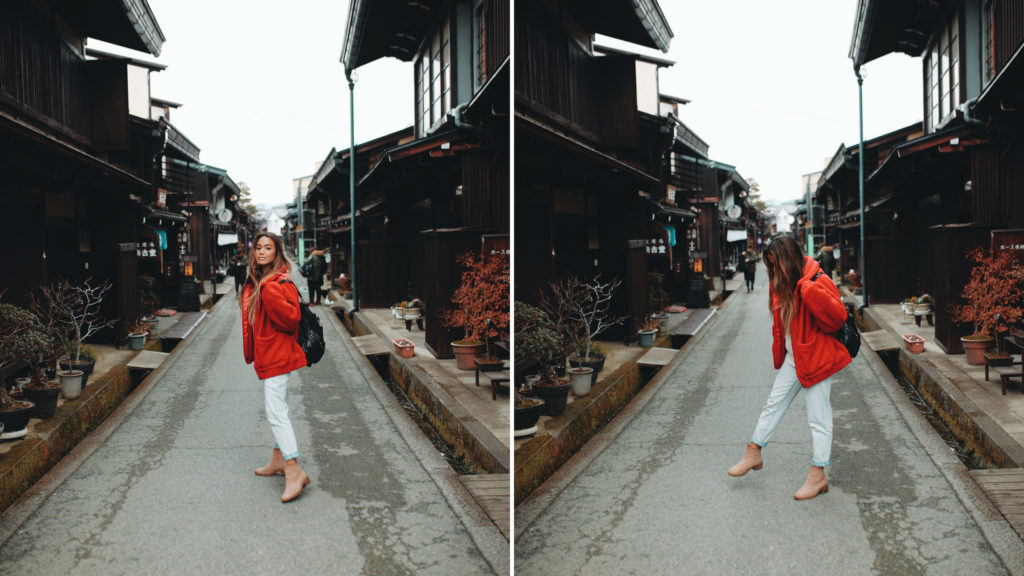
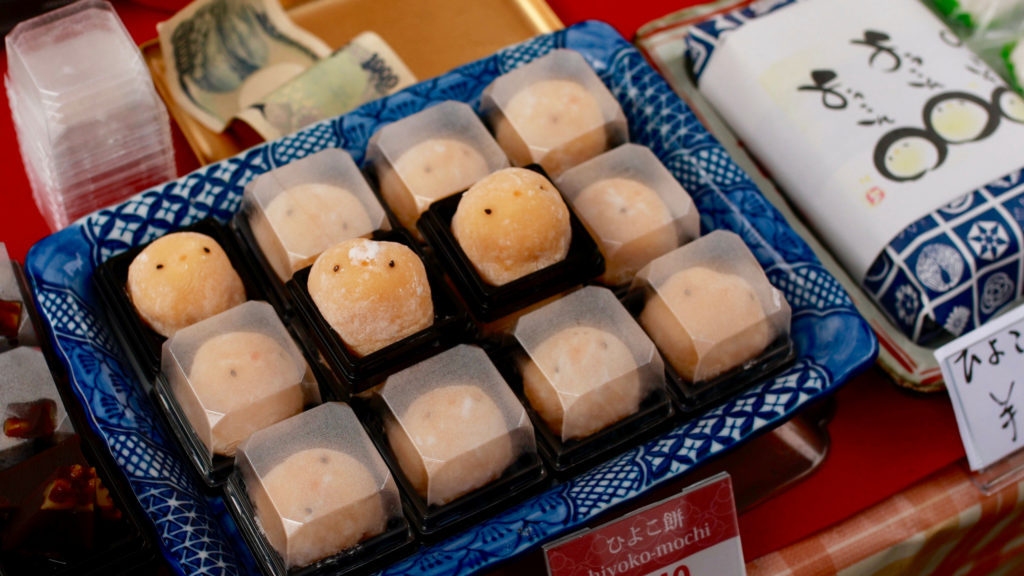
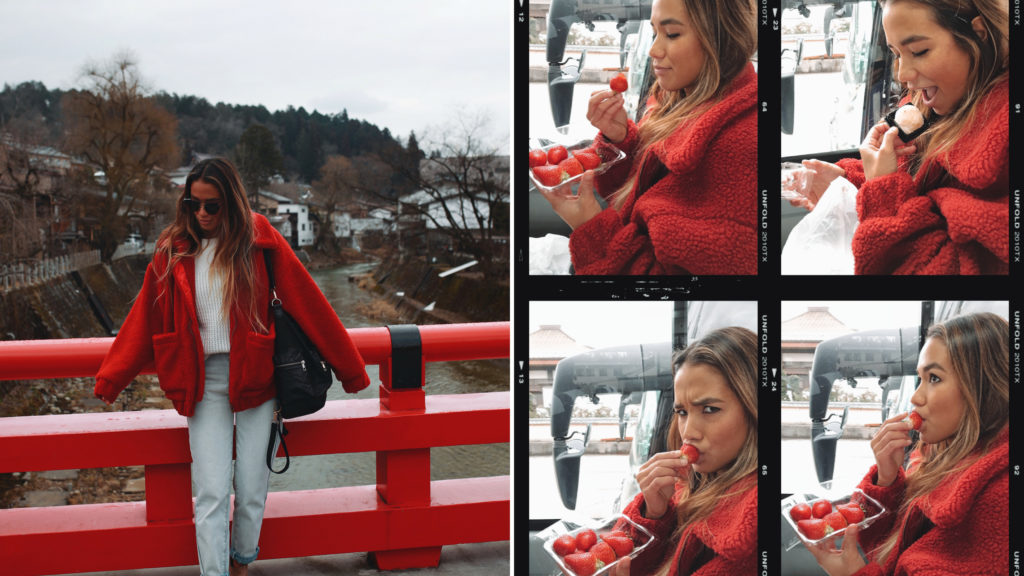
It was a long bus ride through the mountains on a twisted, snow-covered road and many many tunnels. Along the way, I spotted several empty ski resorts with perfect slopes begging to be skied on. Once we arrived at our traditional ryokan hotel for the night, I was eager for some r&r and found just what I was looking for with the outdoor onsen (hot spring).
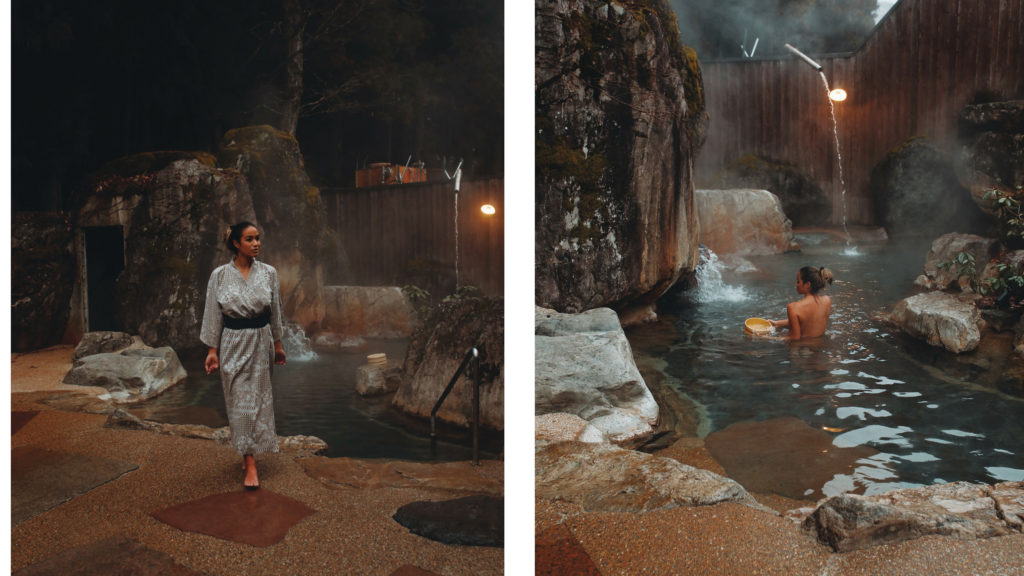
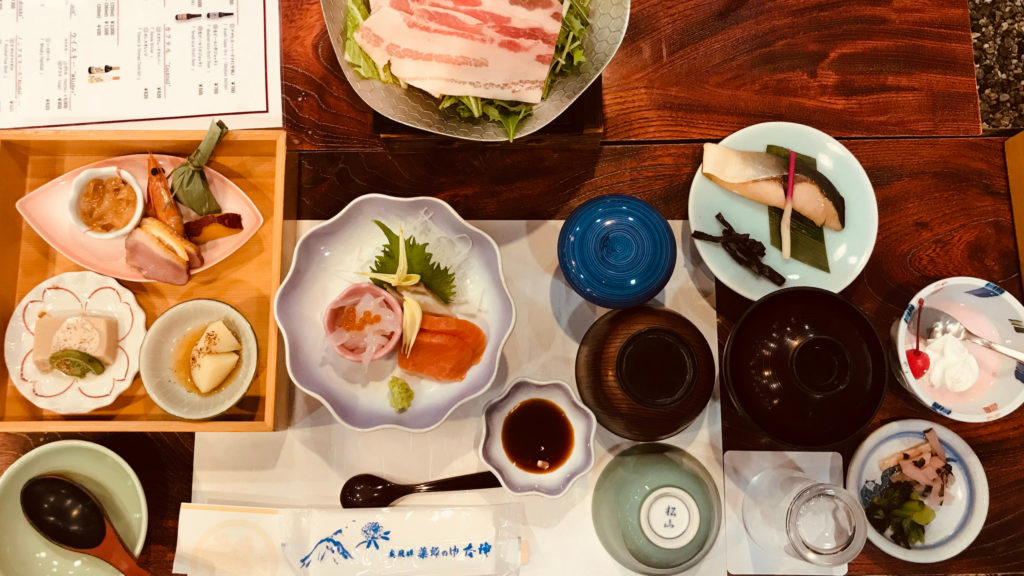
While we were at dinner, the hotel staff set up our futon bedding on the tatami mat. It was nice to come back to a warm hotel room after a delicious and filling dinner and to cozy up in bed.
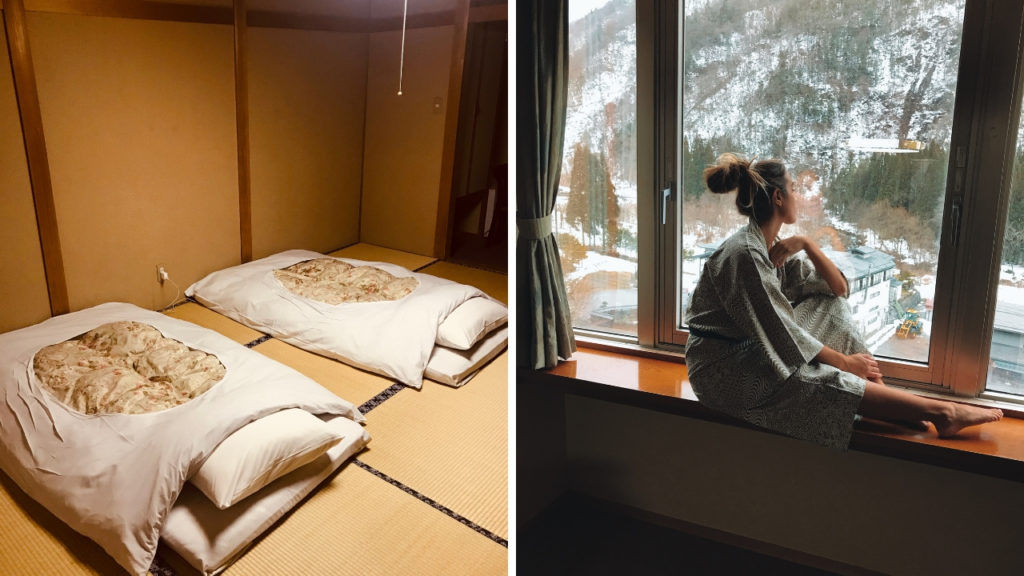
Just a short walk away from the hotel was a cute snow illumination that brightened up the chilly night.

The Historic Villages of Shirakawa-gō and Gokayama are one of Japan’s UNESCO World Heritage sites. The cultural property consists of three historic mountain villages over an area of 170 acres in the remote Shogawa river valley in central Japan.
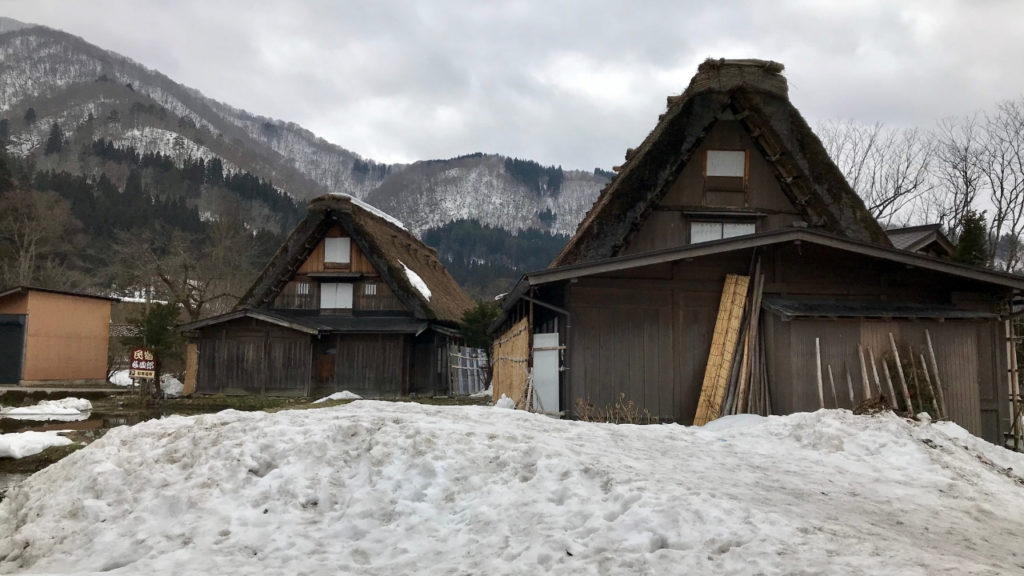
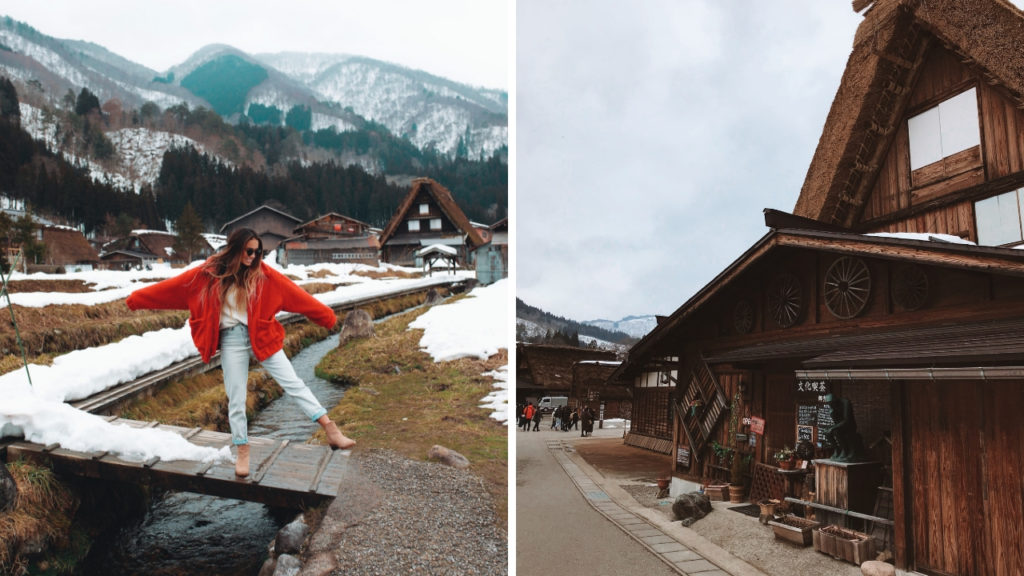
The valley is in a mountain region with considerable snowfall, and these villages are well known for their clusters of farmhouses, constructed in the architectural style known as gassho-zukuri (合掌造り), which are designed to easily shed snow from their roofs.
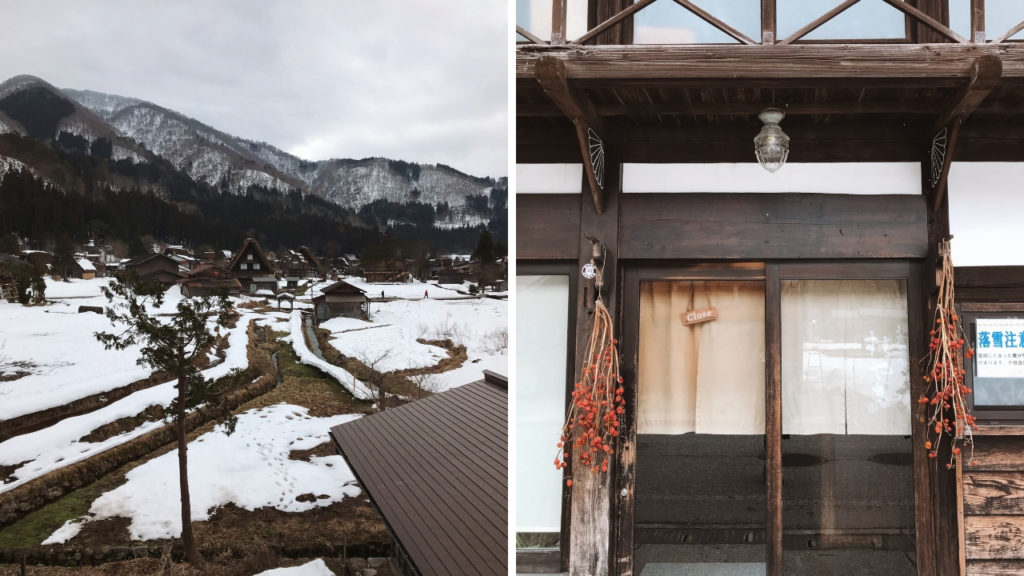
I celebrated my 23rd birthday at Lake Kawaguchi, which is one of the 5 lakes surrounding Mt. Fuji. Funny enough, my birthday falls on the exact date as Mt. Fuji day (February 23), so there were all kinds of celebrations such as fireworks and performances at the hotel I was staying at (Fuji Lake Hotel).
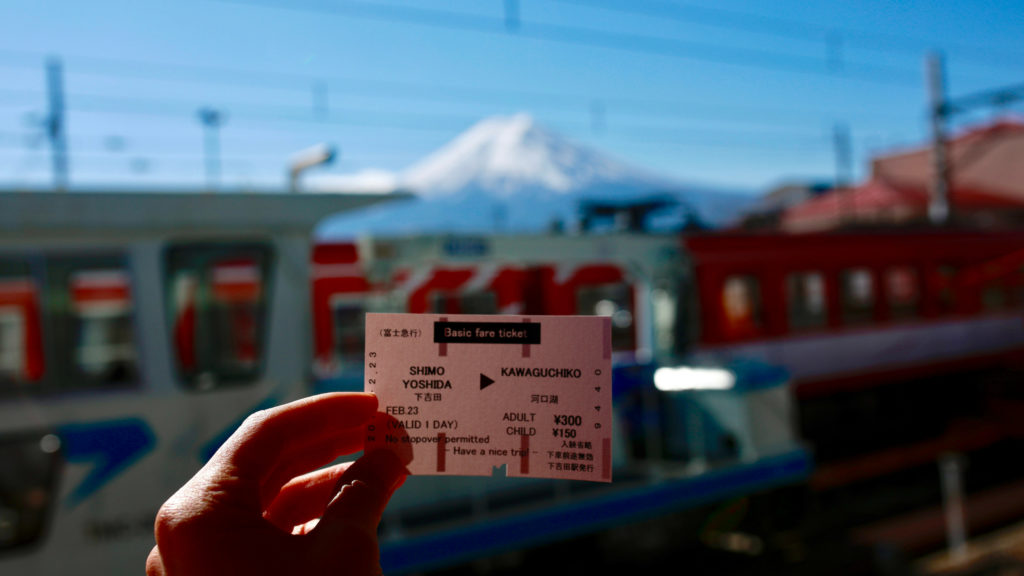
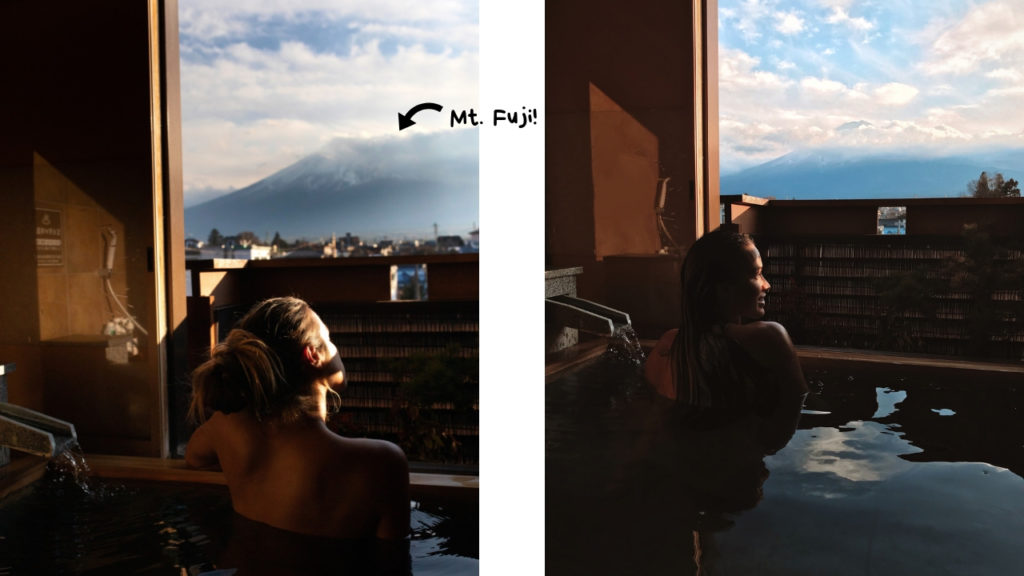
To celebrate my birthday (and Mt. Fuji day), we walked the 398 steps to the Chureito Pagada which boasts an insane view of the pagoda shrine as well as Mt. Fuji- no wonder it was recently named a UNESCO World heritage site! After that, we took the train to the Kachi Kachi ropeway which took us up to another view point that overlooked Lake Kawaguchi as well as Mt. Fuji. Back at the hotel, I treated myself to a private onsen with a view followed by a delicious lunch at a nearby Italian restaurant, cakes and cheese and wine back at the room, and then I boarded a boat to watch the fireworks. It was a special day to say the least.
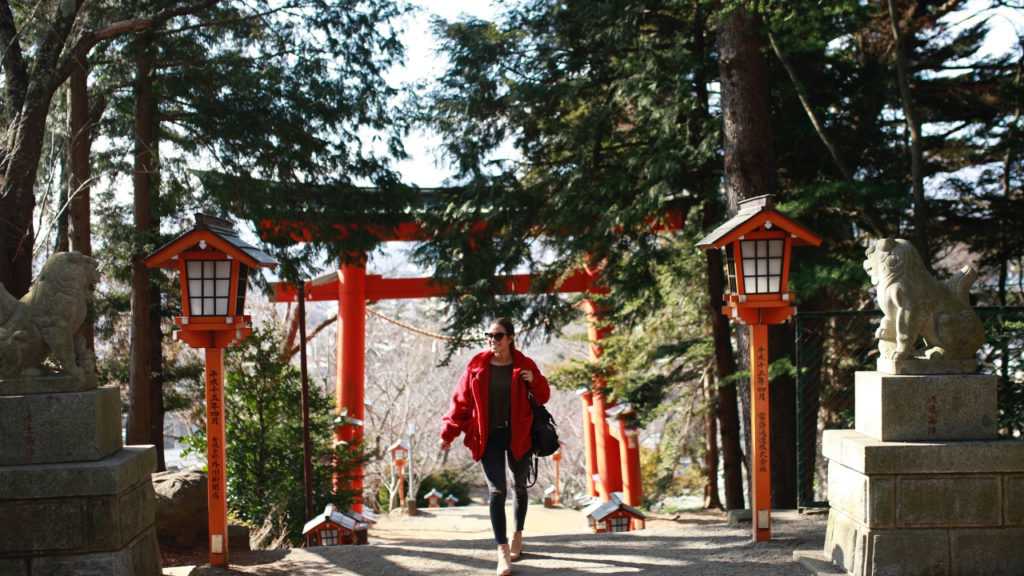
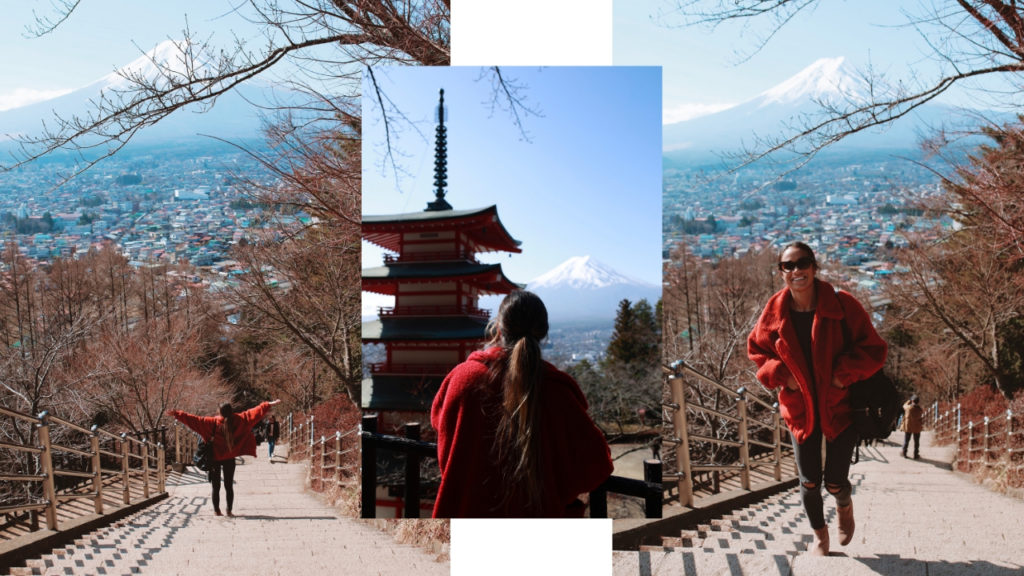
After our sightseeing adventure, we traveled back to Tokyo and had the privilege of staying at the luxurious Andaz Tokyo in Toranomon Hills for a couple of nights. Located over 50 stories high, we had an unbeatable view of Tokyo and its famous tower.

I thoroughly enjoyed the AO spa and fitness facilities. The gym and the pool area both have wall to ceiling windows looking out into the city that make you feel like you are literally on top of the world. There’s a lap pool, multiple hot tubs- one even has carbonated water that bubbles on your skin- a sauna, and many many other amenities that I thoroughly took advantage of.


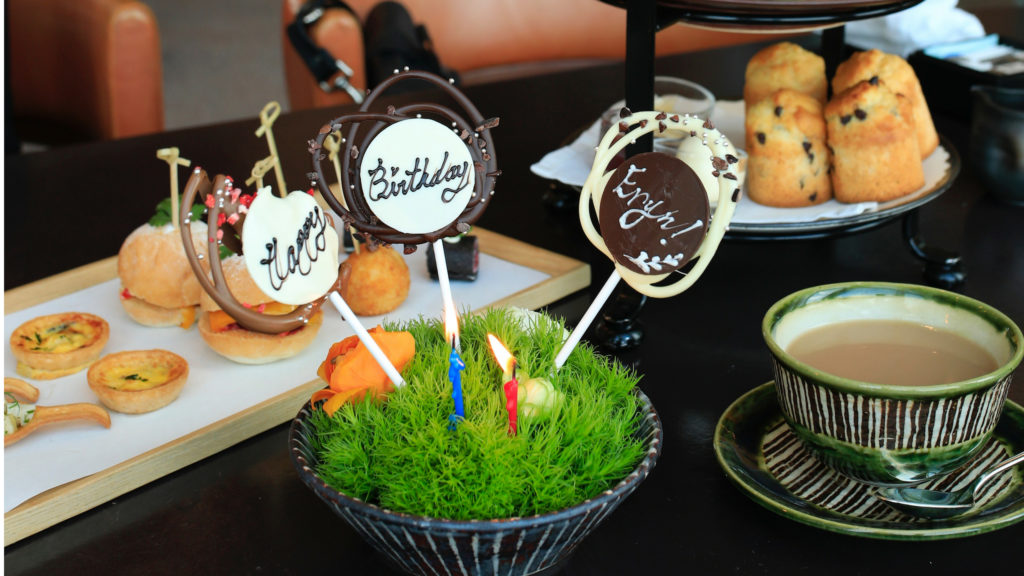
Lots of things to do nearby:
shop around Ginza
Aoyama Flower Tea House
Atago shrine (historical shrine with steep staircase)
Kubota-en (speciality Japanese green tea store)
SOWA ice cream shop (popular shop in Toranomon)
Kanda Tatsumaro – (manju and taiyaki shop in Shimbashi)
Shimbashi (drinking streets)
Sunaba – (historic soba shop in Toranomon)
Matsyua – (1st coffee shop in Japan)
Tokyo Tower
Imperial Palace
Zozoji Temple
